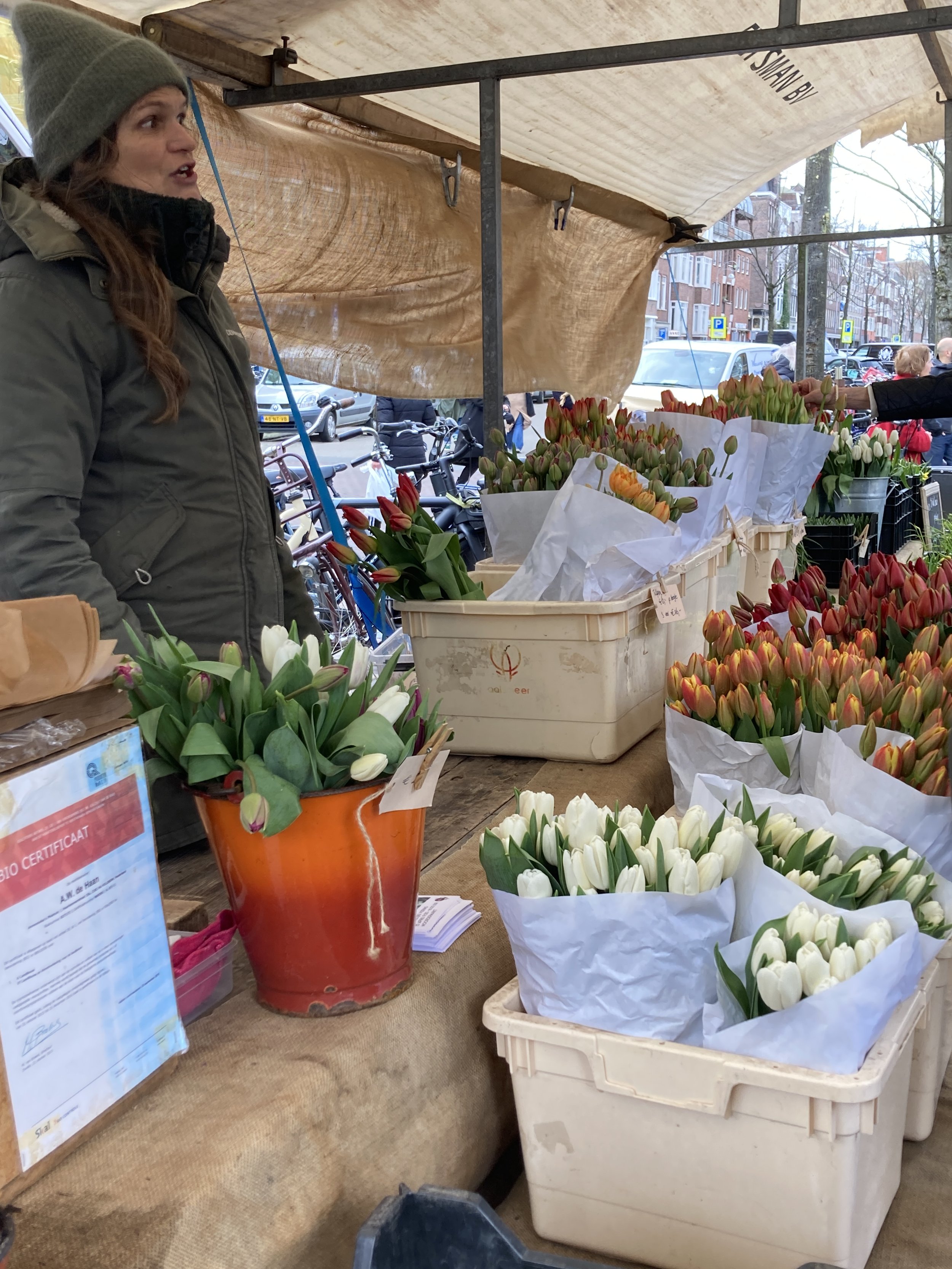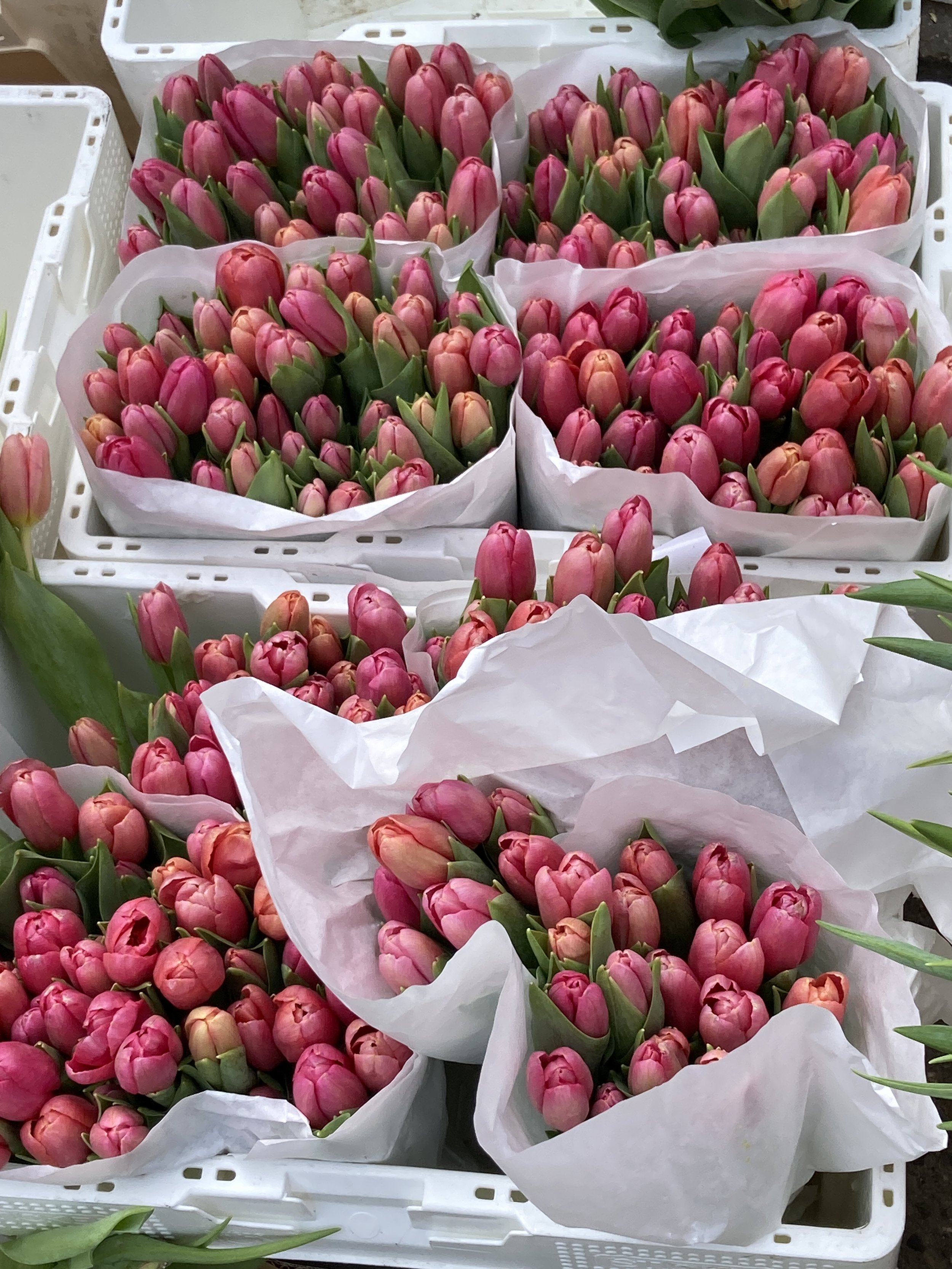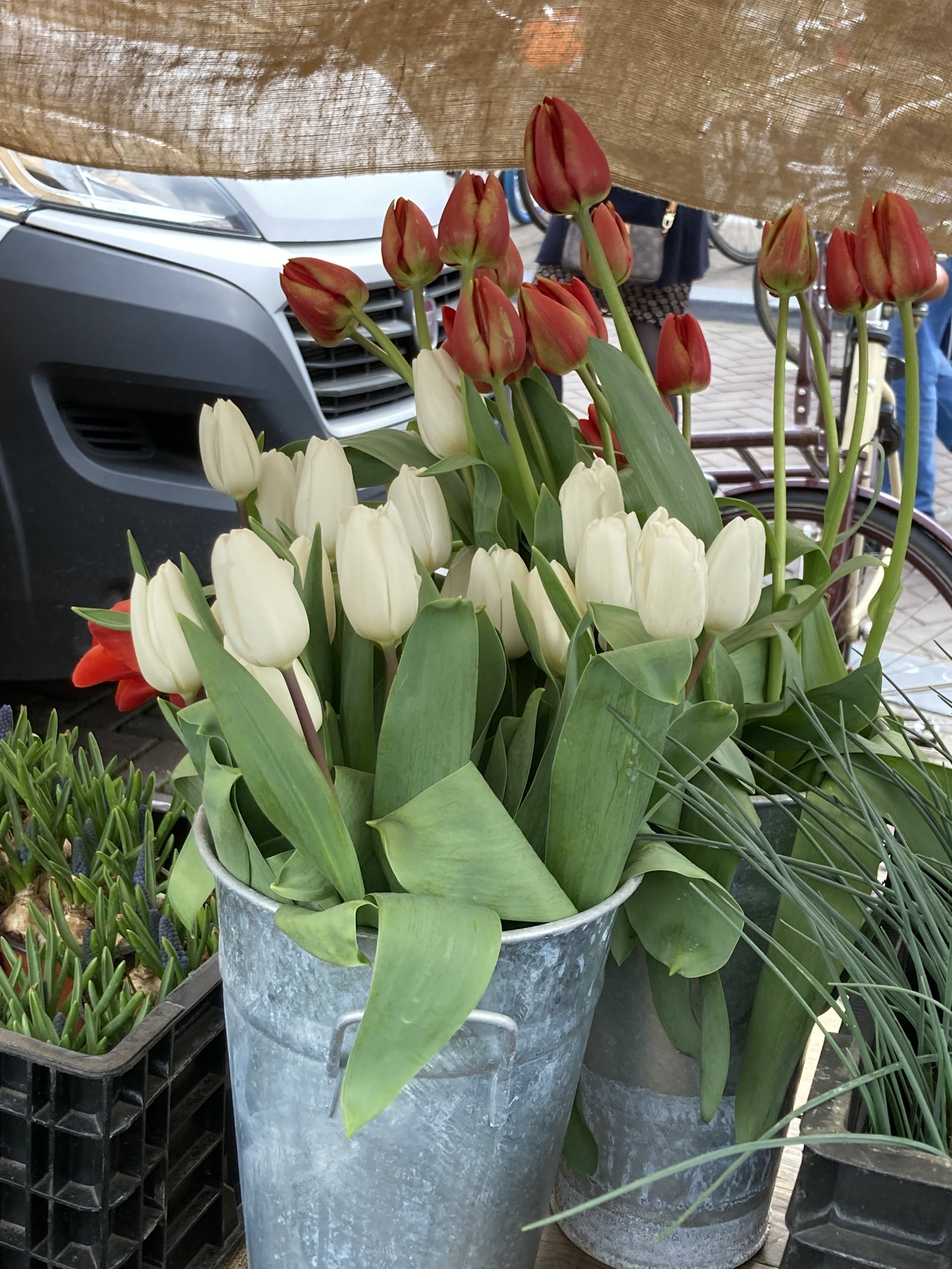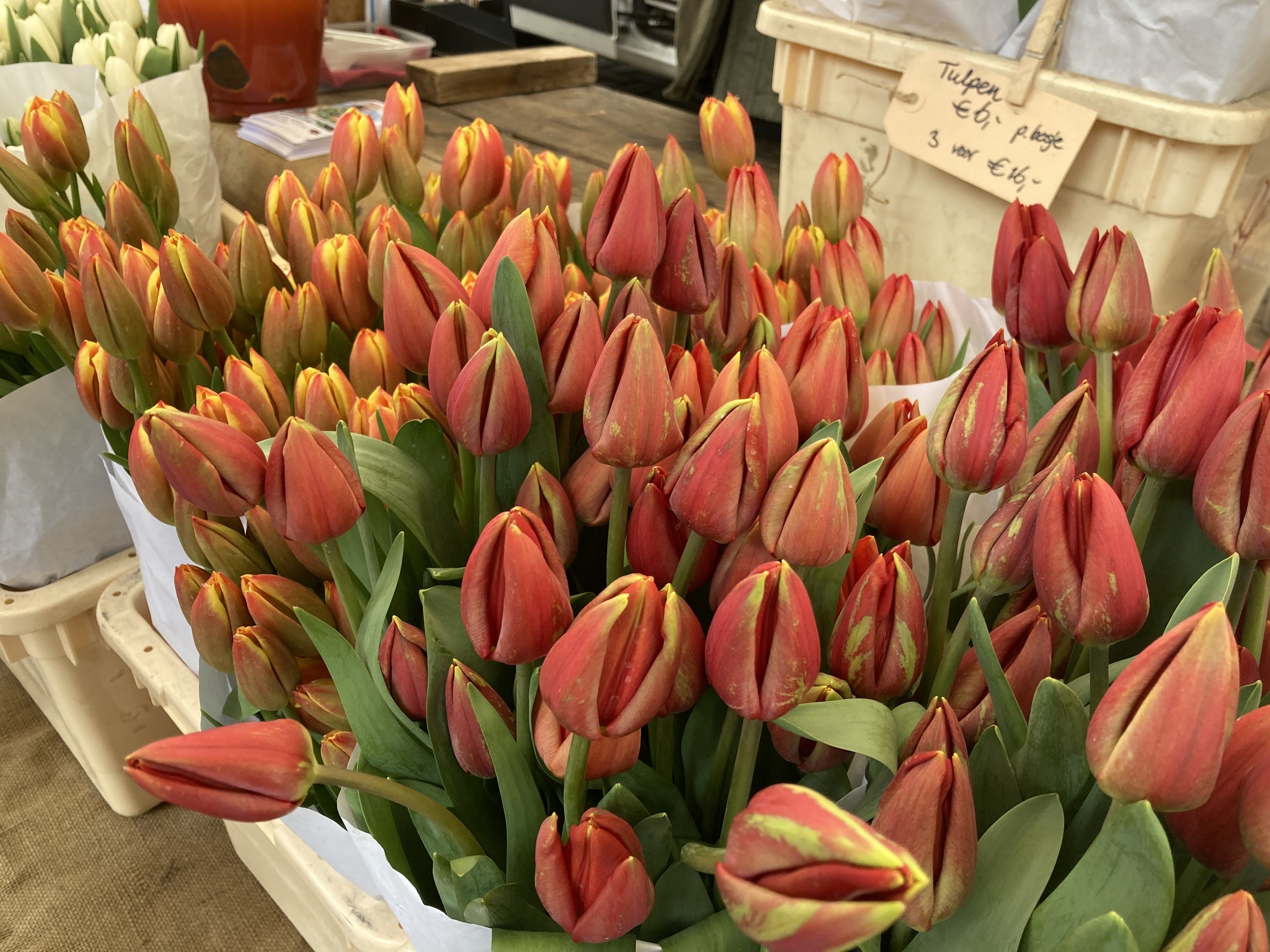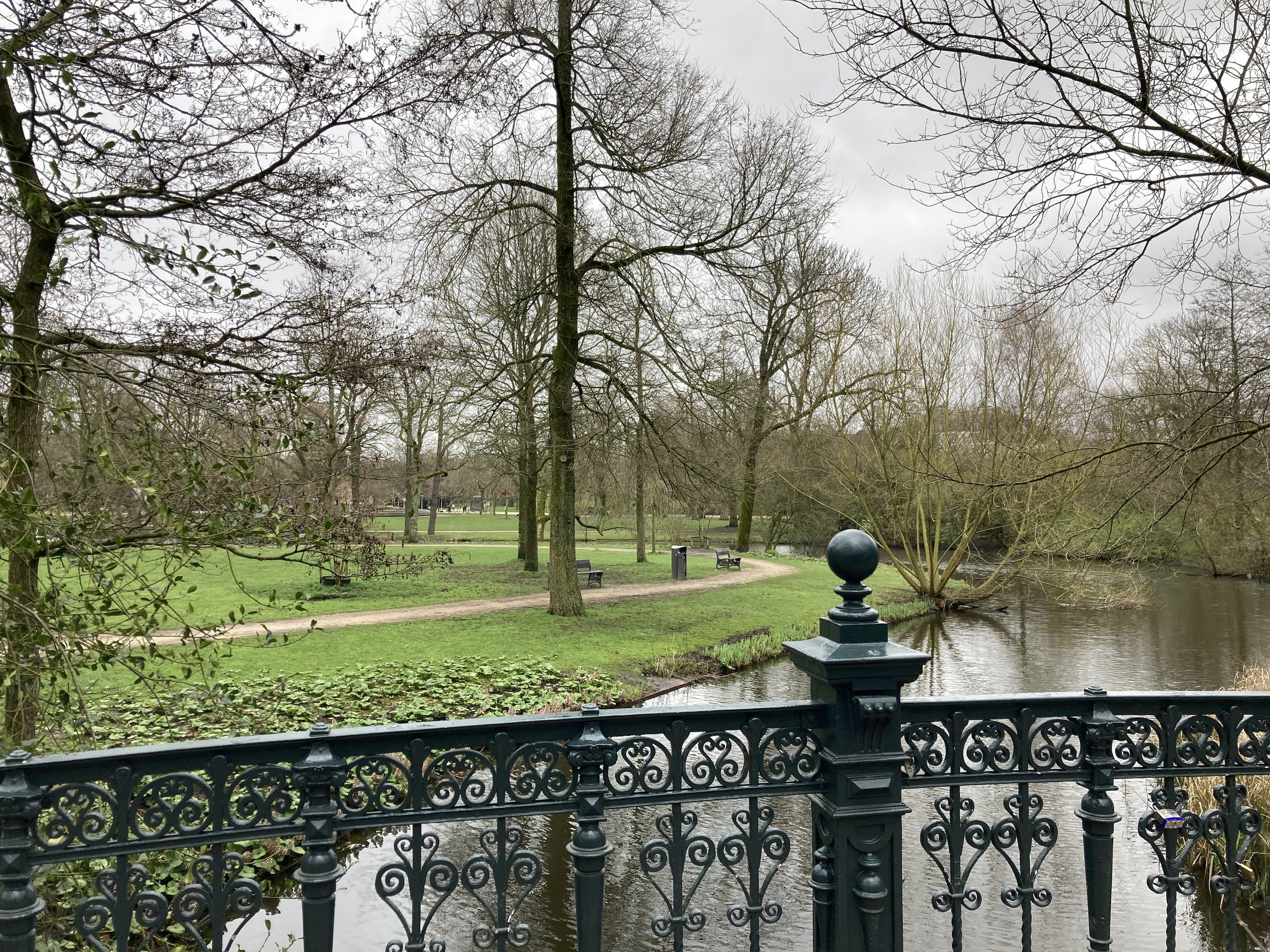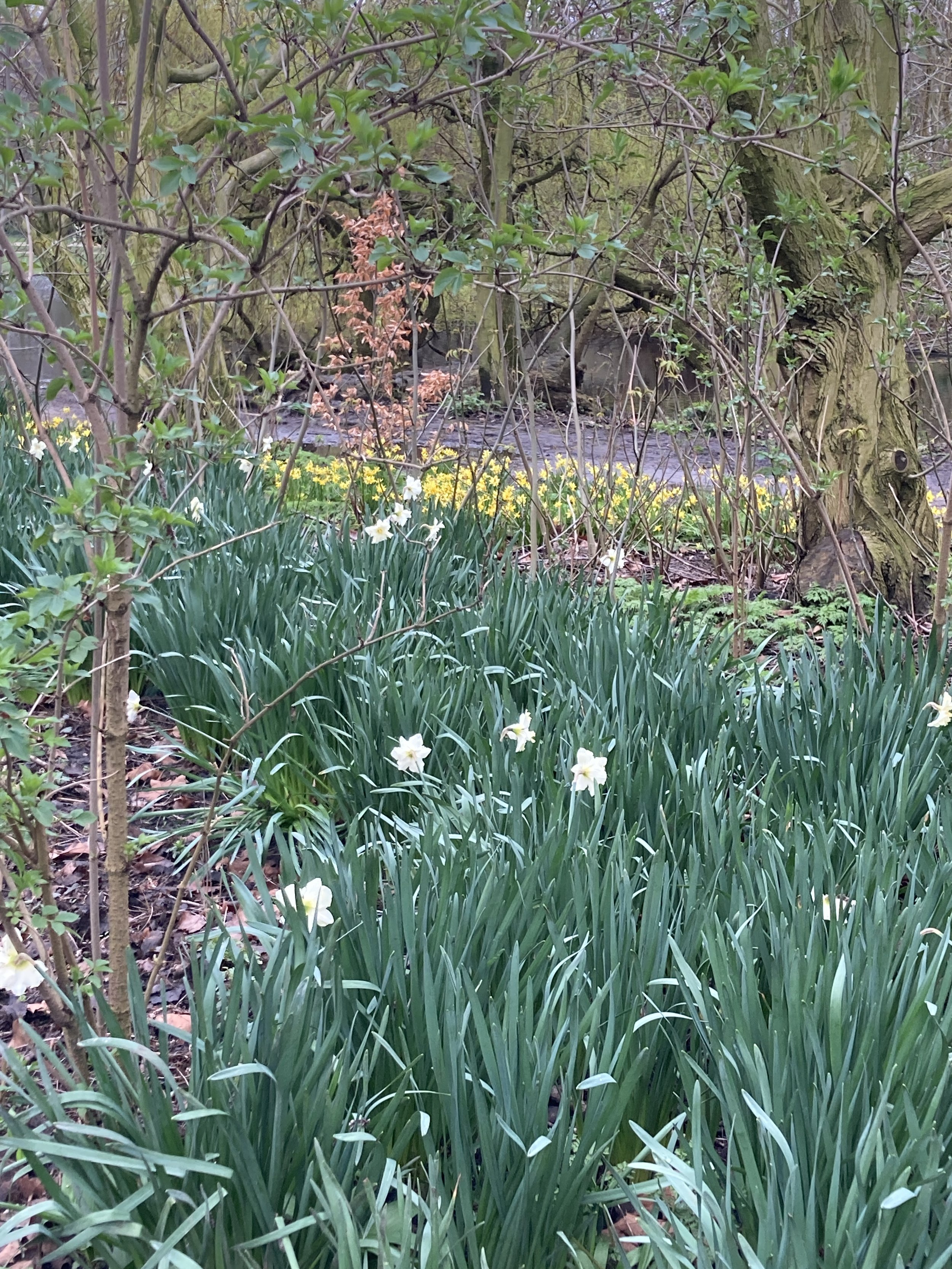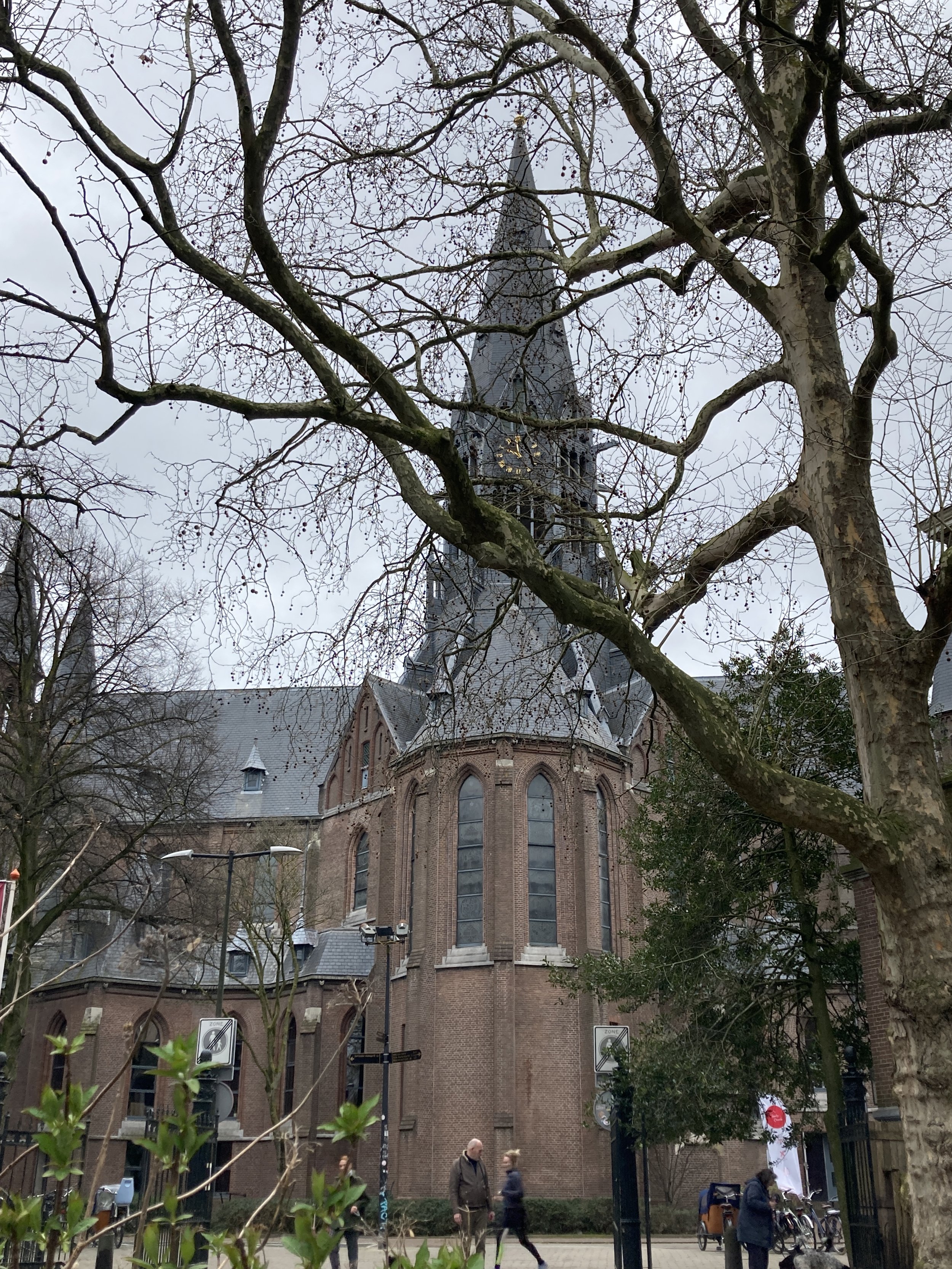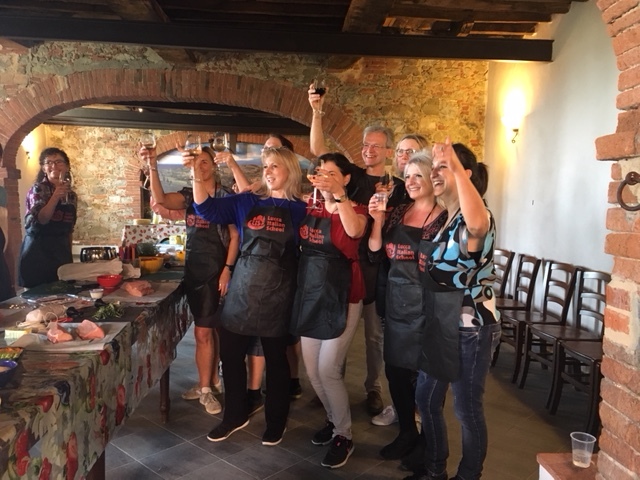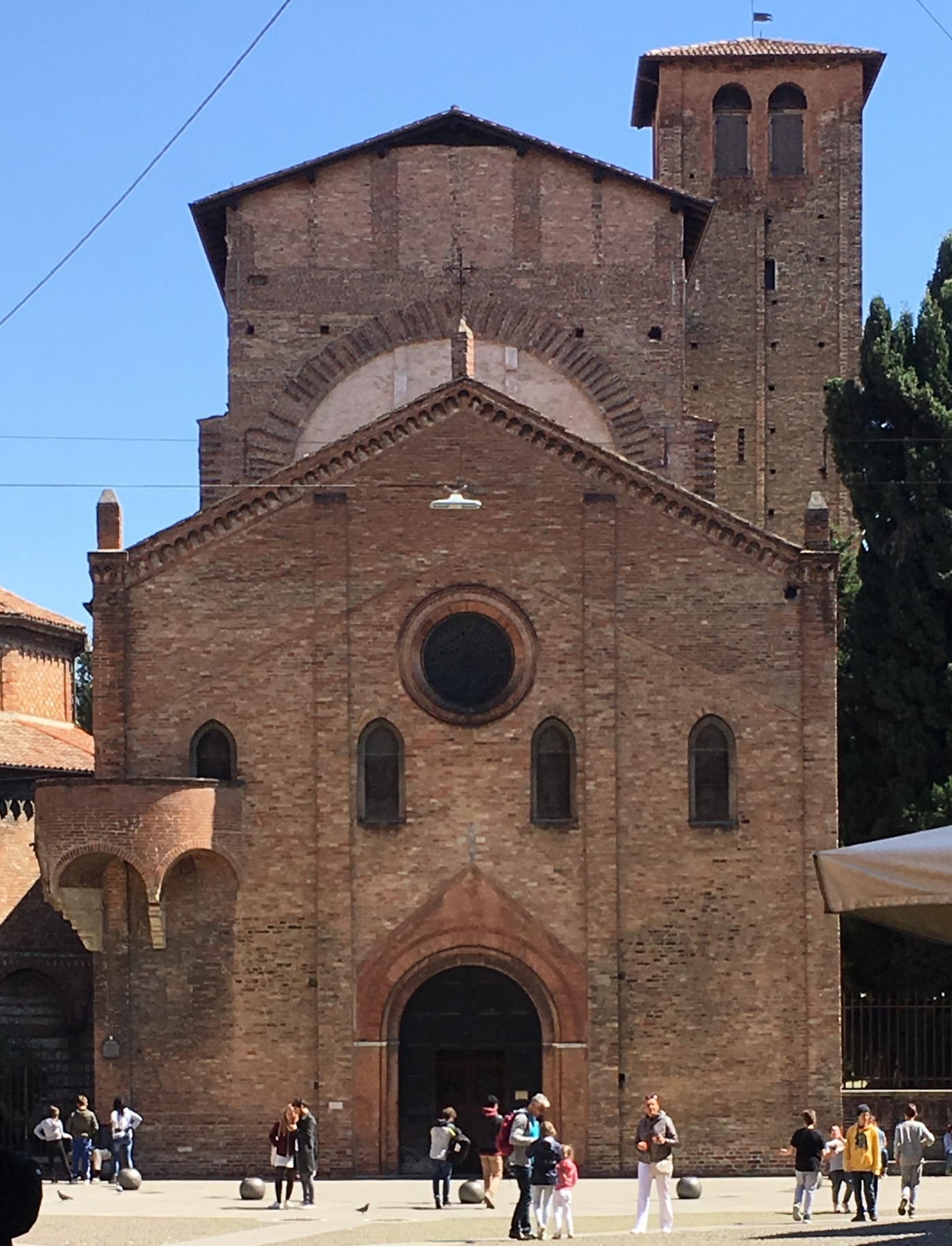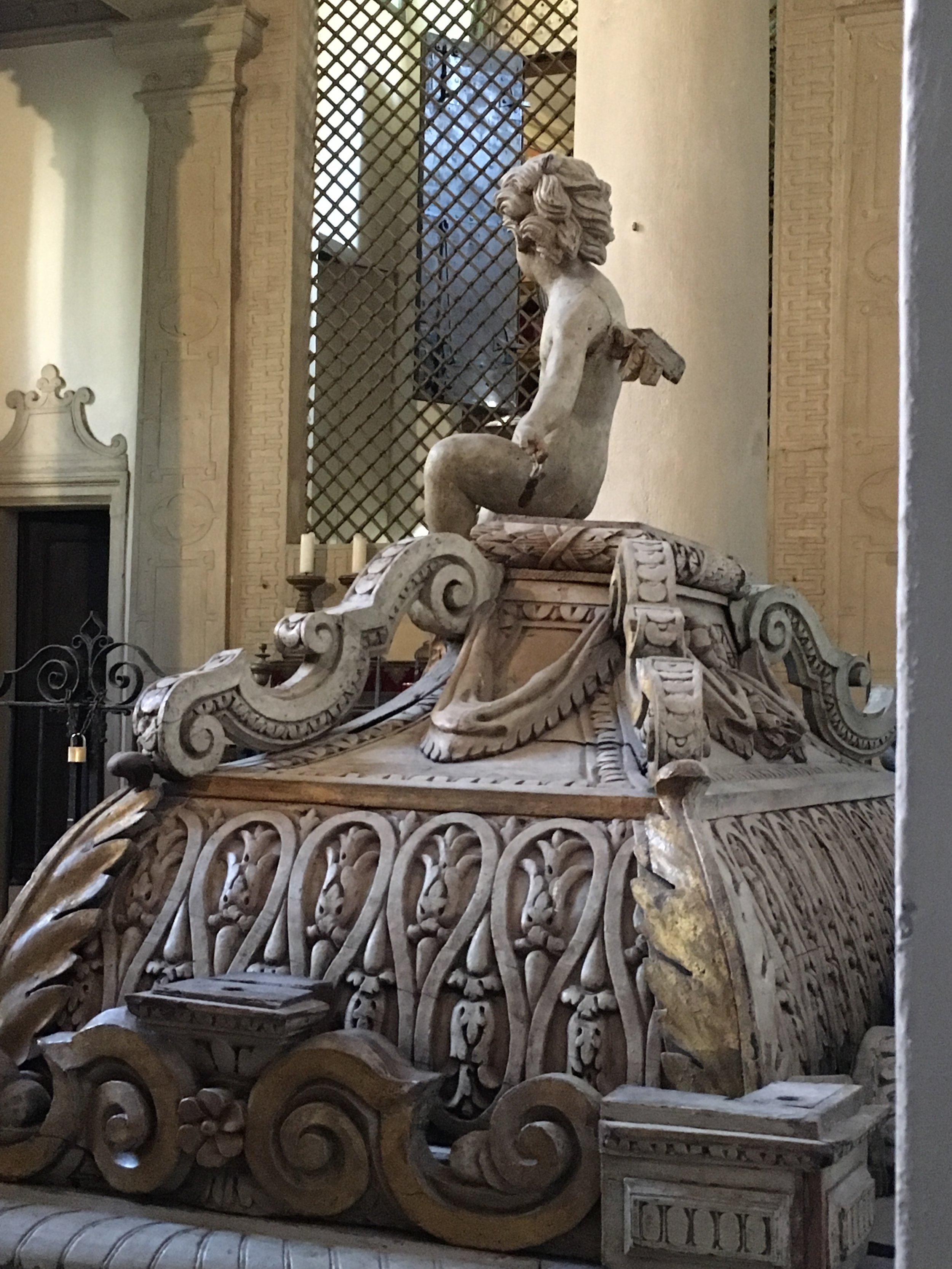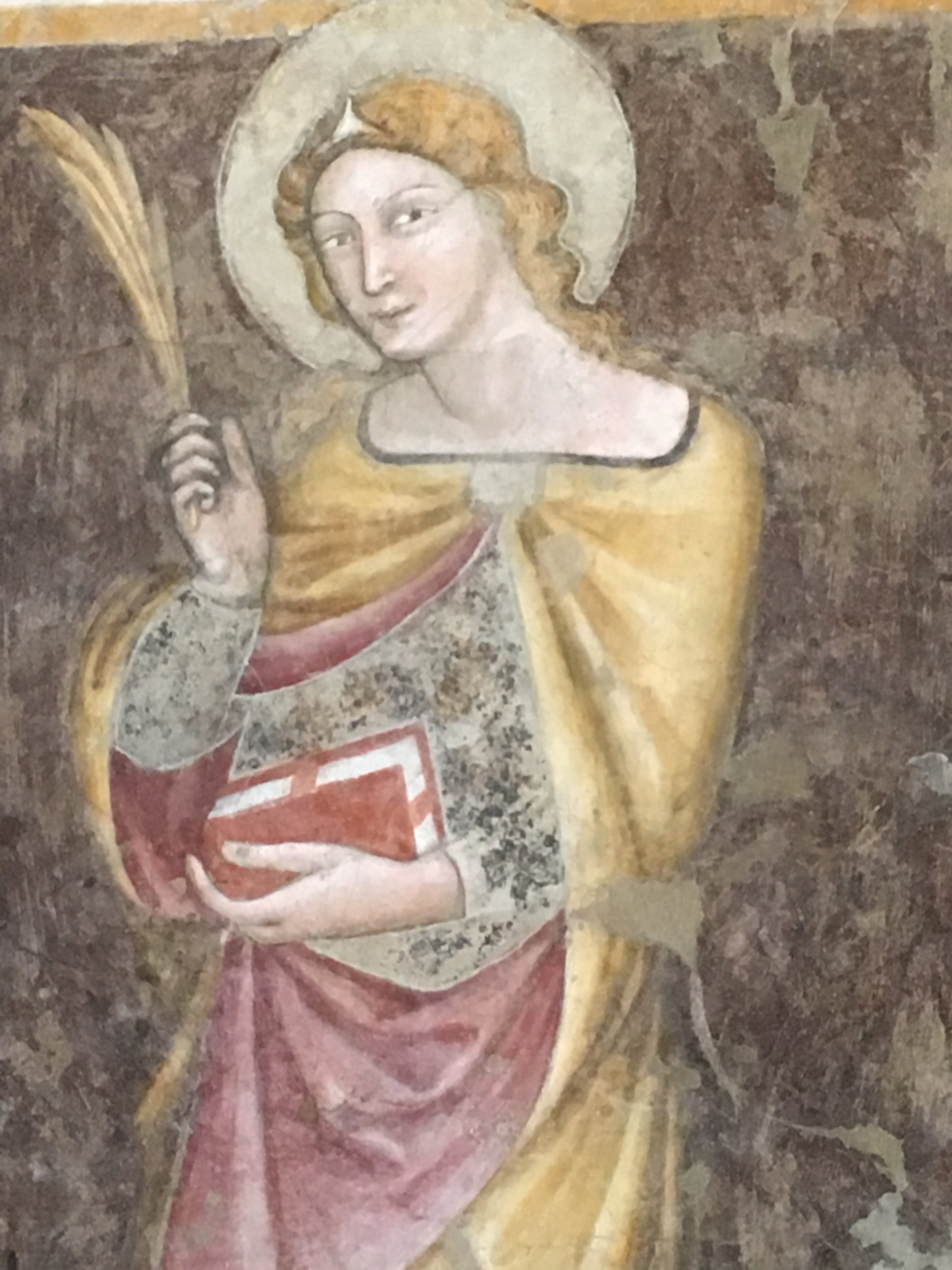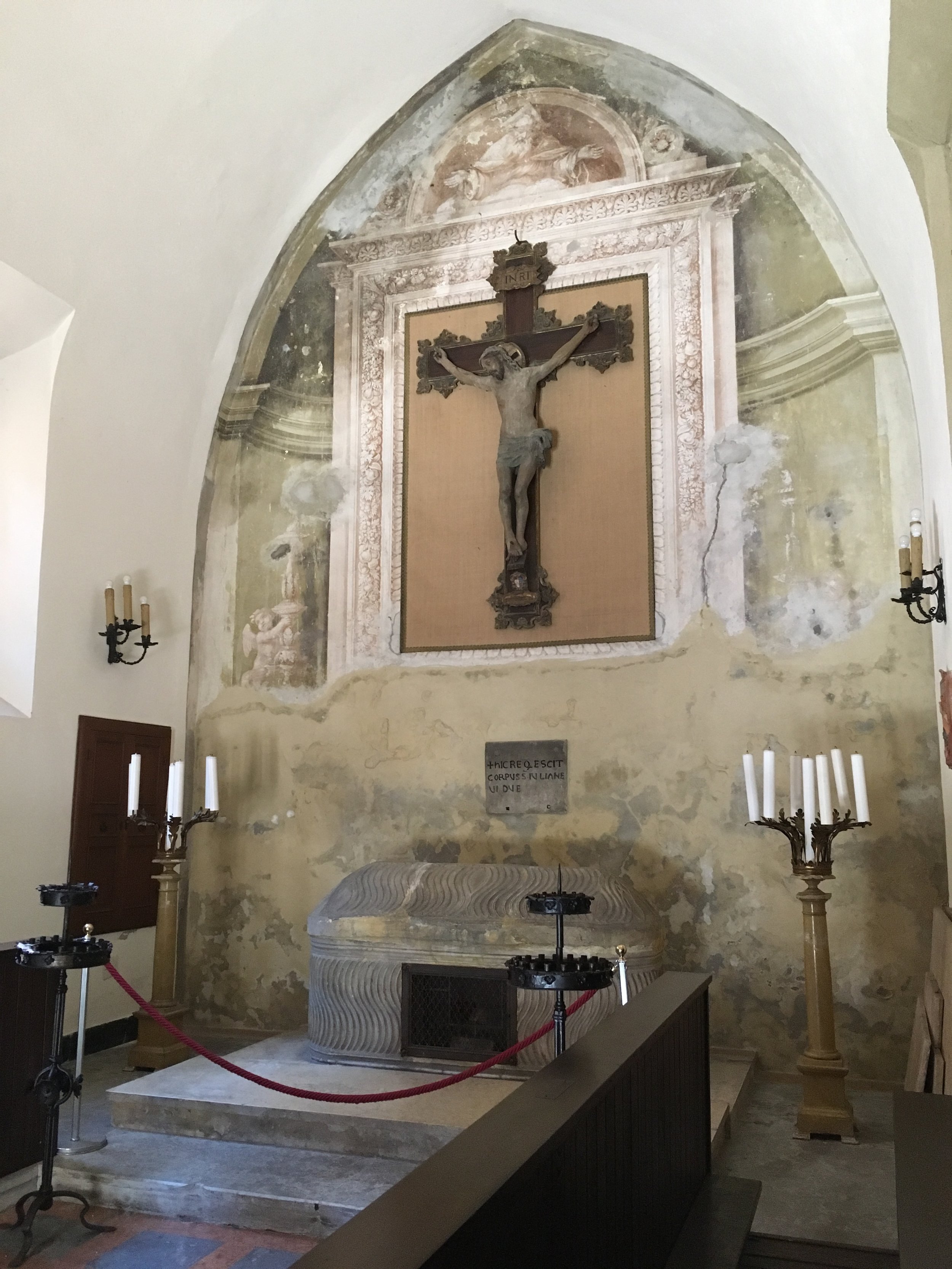Amsterdam in Early Spring
Put together two words - Amsterdam and spring – and most of us immediately conjure up images of colorful tulips in bloom. But what happens when you arrive in early spring after a period of unusually cold, rainy, windy weather in the Netherlands? Well, what happens is that the tulip fields are not yet in bloom and the only tulips to be seen are cut stems in the marketplace and shops, or tulips planted in a protected pots.
One sure place to find tulips in bloom is at Amsterdam’s Tulip Museum. The shop full of flowers, bulbs, and tulip themed merchandise is a great place to browse or pick up beautiful souvenirs.
One of the many houseboats that can be found along Amsterdam’s canals.
If seeing tulips is the main reason for a trip, then best not to plan a late March arrival. Locals told me the blooms would appear in about three weeks, which meant not until mid-April. But, the first rule of travel is flexibility and not letting any single thing determine the success of a trip. Tulips in bloom or not, Amsterdam is a fabulous city.
My early spring visit was still full of color. The long stems of tulip buds in the market provided a hint of the color to come.
New green leaves and delicate pink flowers were emerging on trees. Tiny purple flowers peaked up in planting beds and a spectrum of greens spilled out of the flower pots on the steps leading up to those tall, narrow Dutch houses.
The palest of pink flowers in bloom on this tree just outside of Vondelpark in Amsterdam.
And then there were the spring time yellows. Forsythia were in bloom throughout Amsterdam in late March, an especially welcome sight on a cold misty morning in Vondelpark.
And all those daffodils! Bright sunny yellow ones popping up all over town- in planting beds and in beautiful Vondelpark.
Does anything say spring better than daffodils?
An early morning walk through the park presented a perfect sense of early spring in Amsterdam.
One of these years I will return later in spring to see the fields of tulips in bloom, but this year I was quite content to see the colors of early spring in Amsterdam.



